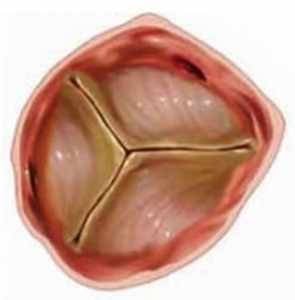

MedFriendly®


Zoograft
A tissue from an animal that is transplanted (transferred) to
a human. An example is when a heart valve from a pig is
used to replace a damaged human heart valve. This can be
done because a pig's inner body structure is similar to that
of humans.
A valve is a natural structure or man-made device in a
passageway, tube, vessel, or hollow organ that allows fluid
or partly fluid contents to travel in one direction, but closes
to prevent the flow of those contents in the opposite
direction.
A human heart valve is
sometimes the focus of a
zoograft.
FEATURED BOOK: True Story of the Maverick Who Pioneered Open Heart Surgery
The difference between a zoograft and a xenograft is that a xenograft is a tissue that is
transferred from one species of animal to another species. So whereas a zoograft
always means a transplant from an animal to a human, a xenograft does not always mean
this, although it can mean this. For example, a xenograft can also be a tissue transplant
from a pig to a gorilla. A zoograft is also known as an animal graft and a zooplastic graft.
Zoografting is the process of performing a zoograft and is also known as zooplasty.
Zoograft comes from the Greek word "zoon" meaning "animal," and the Greek word
"grapheion" meaning "a writing instrument." Put the words together and you have "animal
writing instrument." The reason for this is because in a pencil-shaped instrument is used
during grafting.
"Where Medical Information is Easy to Understand"™















